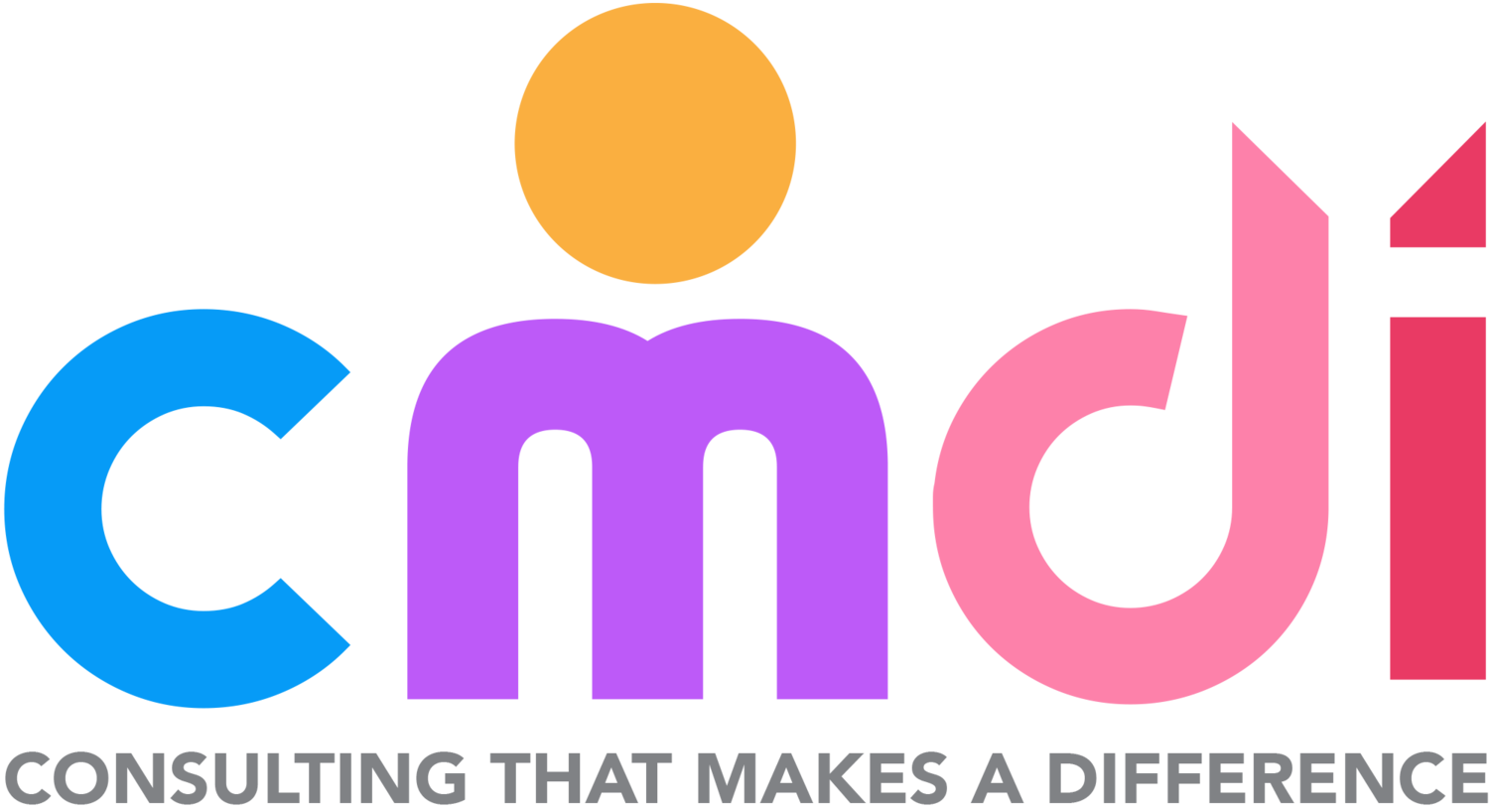Top 10 PBIS Strategies for Individual Students; Preventing the sky from falling…
1. Controlled choices: Present a student with two options. Make sure that neither choice is punitive or threatening, although one can be less desirable. For example, “Do you want to write with a pencil or marker”?
2. Providing visual schedules: These can reduce a student’s anxiety and ability to successfully transition. Visual schedules can be individualized for a student by including words, pictures, photographs, and/or symbols.
3. First/then: Present a student with the opportunity to do his/her desired activity after he/she does all or a piece of an expected activity. For example, you’ve asked a student to complete a math worksheet. The student wants to talk about a preferred topic, such as trains. You tell the student, “First finish five problems, then we can talk about trains.”
4. Present agenda/expectations: Before the student begins a task or activity, give him/her a visual representation of how much work he/she needs to do or how much time he/she is expected to work. You can use a clock, timer or checklist.
5. Rules and expectations: Be sure that rules are stated positively and indicate exactly what you want a student to do. Create a visual list of the rules, as he/she may need frequent opportunities to review them. If the student looks like he/she is beginning to break a rule, gently review the visual of the rules.
6. Jobs: These can be catered to a student’s individual needs and interests. For example, you can ask a student to look up a fact or draw a picture related to an upcoming lesson, pass out materials or call on students to share during a discussion.
7. Prior individual directions: Before giving directions to the whole class, a peer or adult can provide an individualized direction, prompt, or cue for a student.
8. Breaks: These can be built into a student’s schedule during regular intervals or “as needed”. It is important to choose breaks that match what a student may be needing at a given time such as a movement break, sensory break or resting break
9. Planned ignoring: This requires that no one attends to a student’s challenging behavior while it is occurring. It is important to ignore the behavior but not the student. Interactions with the student should continue as if behavior is not occurring. For example, if a student is banging on the desk during writing, provide no attention of any kind related to the banging and continue the interaction by talking about his/her writing or a preferred topic.
10. Avoid power struggles: You’ve heard the phrase “pick your battles.” A power struggle occurs when two people are more invested in getting their way than they are in compromising. Often the best approach is to avoid power struggles by implementing one of the proactive strategies listed above. This will result in a win for everyone!
